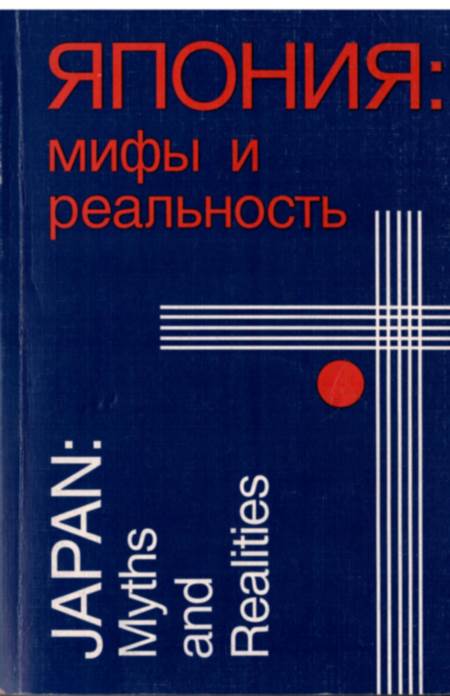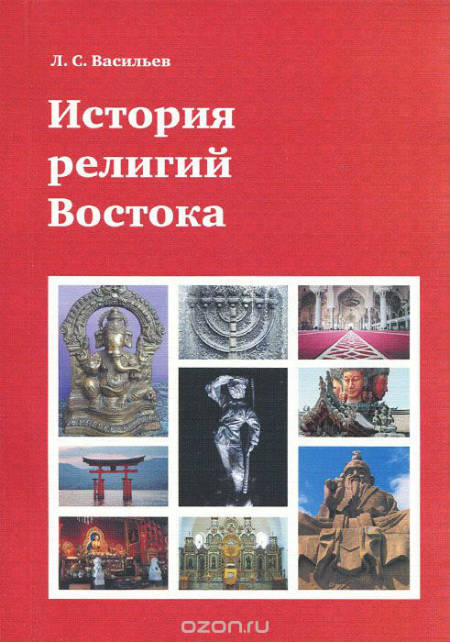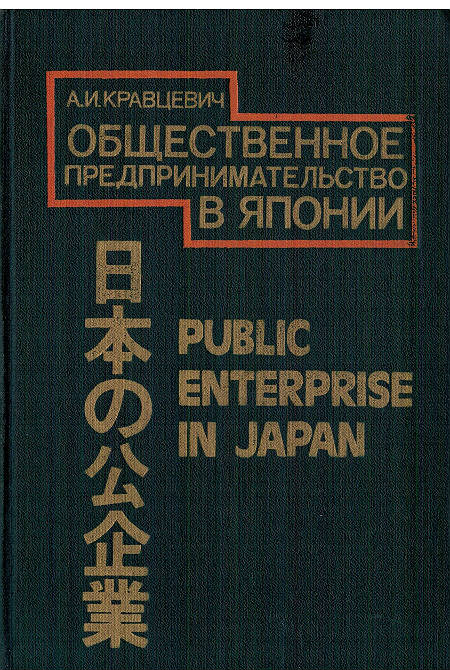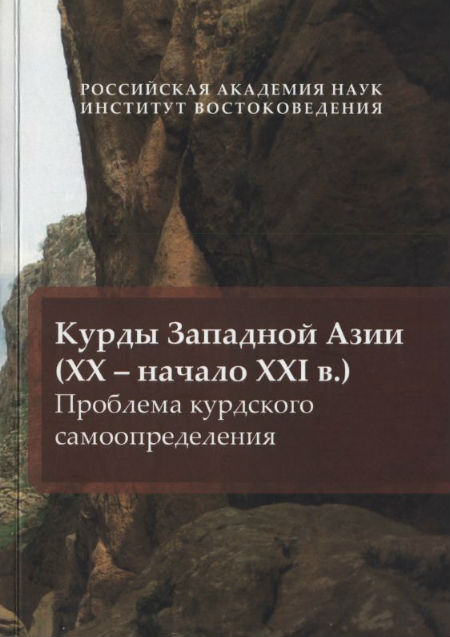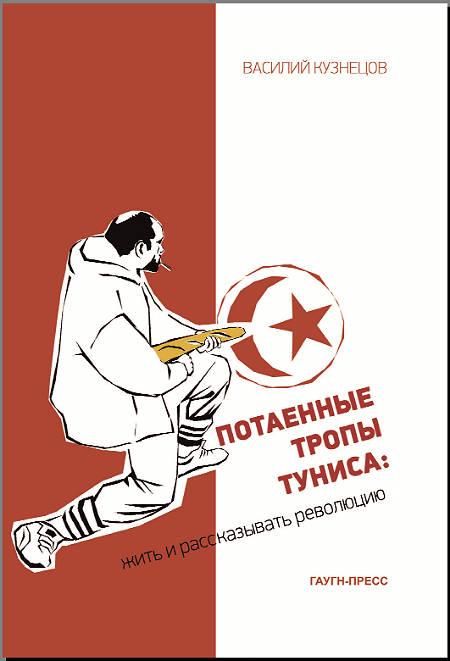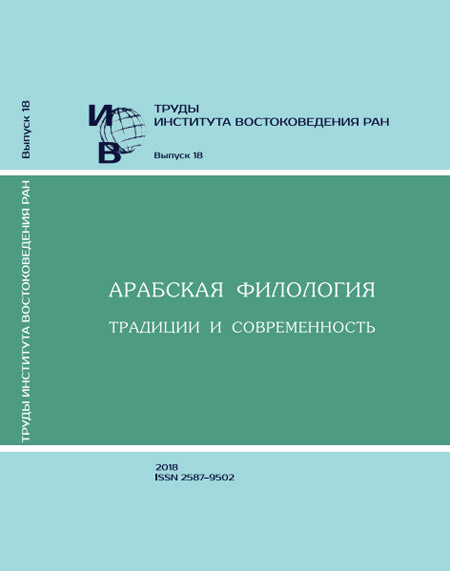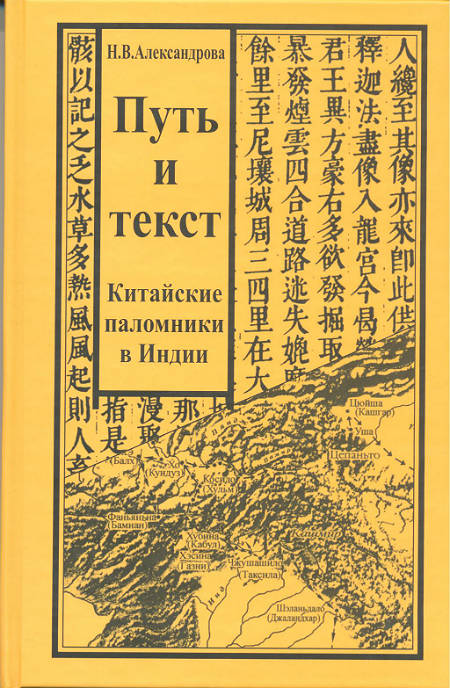Book
The Path and the Text : Chinese Pilgrims in India
Еditor: Viktoriya Vertogradova
Москва, 2008, 366 p.
The monograph is devoted to the source and historical and cultural analysis of Chinese pilgrim texts; it addresses the issues connected with source studies through the prism of cul-turological approach. The author adheres to the ancient text tradition and literary canons, hence the indirect correlation between text and reality. The time of Chinese pilgrimages to India has been recorded in the voluminous and substantial texts of the pilgrims themselves, which comprise an entire variety of impressions about the countries they visited. In the Buddhist canon, these are, first, Fa Xian’s records (Fo guo ji: “Records of the Buddhist Countries”), who travelled to India at the beginning of the 5th c., and, especially, the comprehensive book by Huan Zang, who travelled in the 7th c. and left the Da Tang xi yu ji: “Records of the Western Lands [Compiled under the Rule] of the Great T’ang Dynasty”. The first chapter of the study (“Creating a pilgrim’s text”) analyses the sources for the formal creation of a pilgrim’s text, and mainly the correlation between the Chinese tradition of describing geographical localities (the Western lands) and the inevitable transformation of the tradition in a Buddhist text. The pilgrim, following a path laid down by imperial messengers and Buddhist preachers, synthesised the both textual traditions. Yet the meaning of his journey, which differs from that of a Confucian geographical treatise and retraces backwards the path of the Buddhist preachers, created new semantics and new values for the text, which called for a new structure and for the development of the genre of pilgrim’s reports. In a text by a Chinese pilgrim, relating a legend means first and foremost expressing a cultural tradition, which is endowed with an age-old heritage, with its own specific relations within Indian culture and its own genetic links to older strata within that culture. This is the subject of the second chapter of the monograph – “Legends of the Nagas and Buddhist historiography”. The “geographical” approach to Buddhist legend makes up for the neglected geographical aspect in Indian texts; also, the “non-historicity” of the latter – at least, the sparsity of geographical data in the Indian tradition – calls for additional material or at least an ex-planation in the rich collection of legends (local or literary) that is represented in pilgrims’ writings. The present work analyses several Buddhist narratives connected with kingdom and king-ship, which were especially important for the evolution of his-torical tradition. The emphasis on royal symbolism in Bud-dhism enables this semantic potential to develop, within Buddhism, into a principle of building up a “history” that makes use of the previous semantics as well. These approaches to historiography can also be seen in Huan Zang’s book, which preserves the structure of Indian legends, especially evident in his “history” of Kashmir. The “records” of Chinese pilgrims to India offer specific opportunities for religious study of early Buddhism, which are the subject of the third chapter of the monograph – “Space semantics in Buddhist culture and the pilgrim’s text”. The exceptionally wide vision of the Buddhist world characteristic of pilgrim literature, and especially of Huan Zang’s text which is all-encompassing in its intent, also provides for a wide overview of Buddhist culture of the time – the notions expressed in ritual practice, in legend, in architec-ture, in cult and monastic artefacts that show the unity and interpenetration of semantics and allow for a broad survey of Buddhist culture in the relevant period, with the Stupa having the most important role and accumulating the spatial and axiological images of Buddhist culture. The orientation of the pilgrim’s text, as well as of the pilgrim’s way, towards the image of the Stupa, which is surrounded by its own cult and legend, allows the author to track the semantic situation, its trends and the genesis of cultural stereotypes. The final part of the monograph includes a commented translation of Fa Xian’s text and chapters 1-4, 12 by Huan Zang.
РУССКАЯ ВЕРСИЯ: Путь и текст: китайские паломники в Индии

